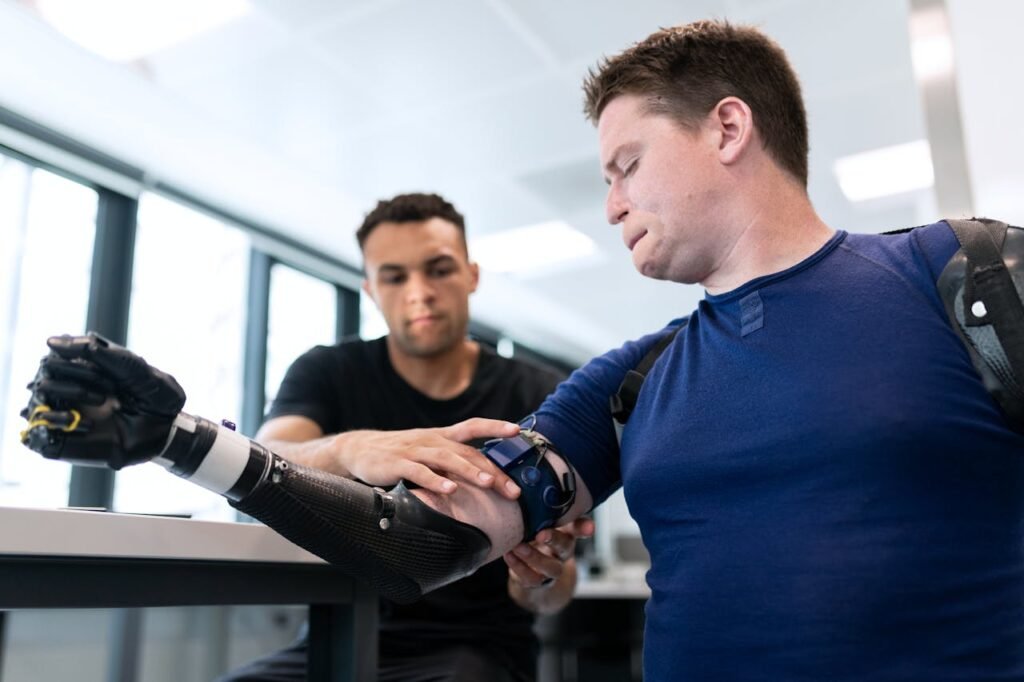Choosing the right prosthetic is a deeply personal decision, and it often comes down to understanding the differences between passive and active prosthetics. Both options offer distinct benefits, but the right choice depends on your lifestyle, goals, and priorities. Passive prosthetics focus on appearance and basic functionality, while active prosthetics deliver advanced motion and control.
This article dives into the features, advantages, and limitations of both passive and active prosthetics, helping you determine which one aligns best with your needs. Whether you’re exploring options for the first time or considering an upgrade, this guide will provide clarity and actionable insights to support your journey.
What Are Passive Prosthetics?
Passive prosthetics are designed primarily for appearance and support. These devices mimic the look of a natural limb, offering a realistic aesthetic that helps users feel confident in social and professional settings. While they lack active movement, passive prosthetics can stabilize objects, assist with balance, or act as a counterweight during daily tasks.
A Focus on Aesthetics
One of the standout features of passive prosthetics is their attention to detail. From lifelike skin tones to finely sculpted features, these devices are crafted to closely resemble a natural limb. This makes them ideal for individuals who prioritize appearance or want to minimize the visibility of their prosthetic.
At Robobionics, we specialize in creating passive prosthetics that balance realism with durability. Our designs are customized to match your skin tone, size, and anatomical details, ensuring a natural look that boosts your confidence in any environment.
Functional Support in Everyday Life
Although passive prosthetics do not move on their own, they are far from just cosmetic. These devices provide functional support by stabilizing objects or offering a helping hand during tasks that require two limbs.
For example, a passive prosthetic can hold a plate steady while the user cuts food with their natural hand or assist in balancing a shopping bag during errands.
Passive prosthetics are lightweight, comfortable, and easy to maintain, making them a practical choice for users who prefer simplicity. For businesses, emphasizing the versatility of these devices can help potential users see their value beyond aesthetics.
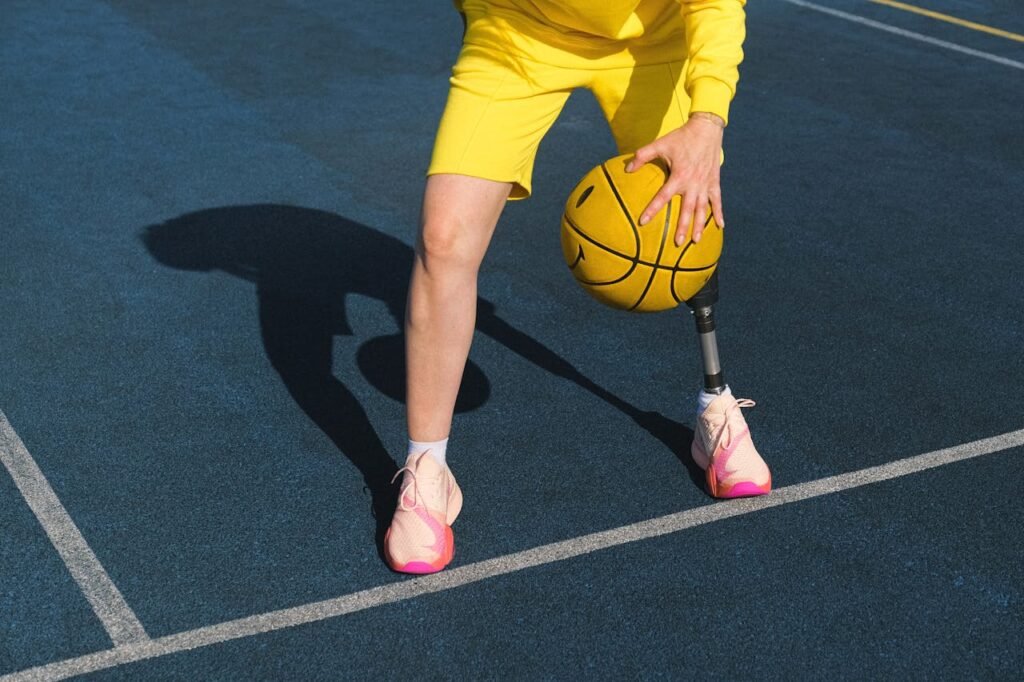
What Are Active Prosthetics?
Active prosthetics are designed for functionality and movement. These devices use mechanical systems or electronic components to perform tasks, making them highly versatile and adaptive to the user’s needs. Active prosthetics include body-powered and myoelectric options, each offering unique features and benefits.
Enhanced Mobility and Precision
The primary advantage of active prosthetics is their ability to replicate the movements of a natural limb. Body-powered prosthetics use cables and harnesses to convert the user’s physical motions into mechanical movement, while myoelectric prosthetics rely on muscle signals to control electronic motors.
This dynamic range of movement allows users to perform complex tasks, from typing and writing to lifting objects or even using tools. At Robobionics, our active prosthetic designs prioritize intuitive control and seamless operation, ensuring that every motion feels natural and precise.
Expanding Possibilities for Users
Active prosthetics open doors to activities that might otherwise feel out of reach. Whether it’s participating in sports, pursuing hobbies, or handling demanding professional tasks, these devices provide the functionality needed to thrive.
For users with an active lifestyle or specific functional goals, active prosthetics offer a powerful way to regain independence and confidence.
Comparing Passive and Active Prosthetics
The decision between passive and active prosthetics often comes down to a combination of personal preference, lifestyle demands, and financial considerations. Each type has its strengths, and understanding their differences can help you make an informed choice.
Functionality and Purpose
Passive prosthetics excel in simplicity and aesthetics. They are best suited for individuals who prioritize appearance and basic support. These devices are often preferred by users who want a lifelike prosthetic to wear in social or professional settings, where functionality may be less critical.
Active prosthetics, on the other hand, are designed for users who require more functionality. Body-powered prosthetics offer durability and strength, making them ideal for manual tasks.
Myoelectric prosthetics, with their electronic controls, provide fine motor skills and versatility, allowing users to perform intricate tasks like typing, cooking, or handling delicate objects.
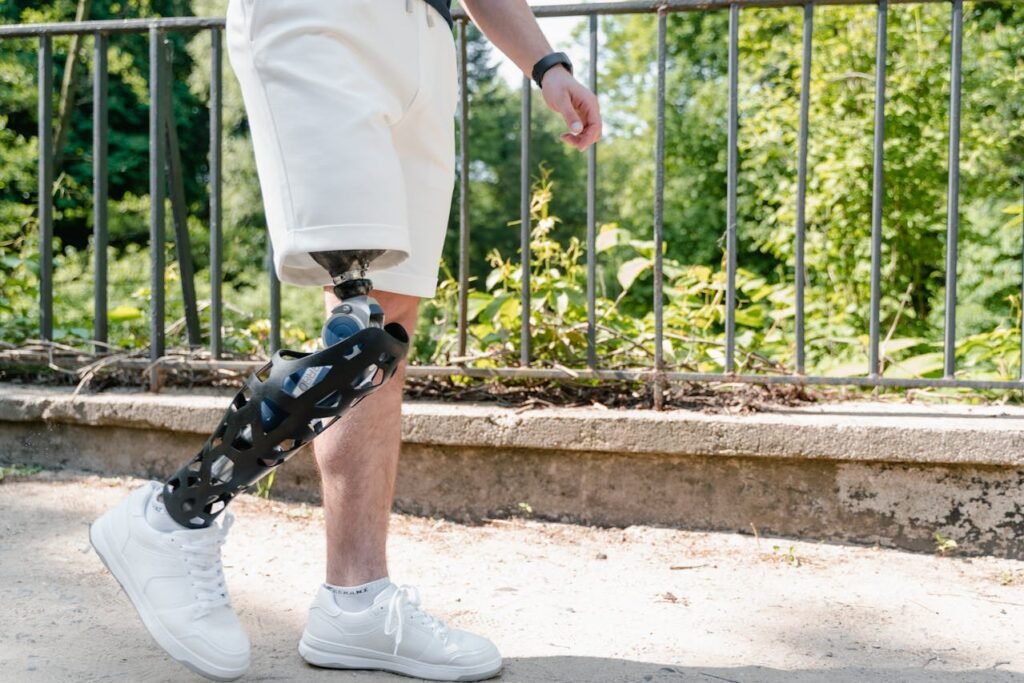
For businesses, emphasizing these distinctions is essential. Clearly communicating how each type addresses specific needs helps users make confident decisions.
At Robobionics, we guide our clients through a personalized assessment to ensure their prosthetic meets both their functional and emotional requirements.
Cost and Maintenance
Another key difference lies in the cost and maintenance of passive versus active prosthetics. Passive prosthetics are generally more affordable and require minimal upkeep. Their simple design eliminates the need for electronics or mechanical components, reducing the likelihood of repairs.
Active prosthetics, while offering greater functionality, are often more expensive due to their advanced technology. Myoelectric prosthetics, in particular, may require periodic maintenance, such as battery replacements or software updates.
For users considering active options, it’s important to weigh the long-term costs against the benefits.
For businesses, offering a range of pricing and financing options can make active prosthetics more accessible. Highlighting the durability and ease of care for passive prosthetics also ensures users see the value in simpler designs.
Adaptability to Different Lifestyles
Your daily routine and lifestyle play a significant role in determining which type of prosthetic is right for you. Passive prosthetics are lightweight and low-maintenance, making them ideal for users who prioritize comfort or have a less physically demanding lifestyle.
Active prosthetics are well-suited for users who lead dynamic lives or need enhanced functionality for work, hobbies, or recreation. Myoelectric devices, with their precise movements and adaptability, are particularly beneficial for individuals who engage in activities requiring dexterity.
At Robobionics, we work closely with users to assess their routines and recommend prosthetics that integrate seamlessly into their lives. This personalized approach ensures the chosen prosthetic enhances both mobility and confidence.
Factors to Consider When Making a Decision
Selecting a prosthetic is a major decision, and it’s important to consider multiple factors to ensure the best outcome. Your goals, physical needs, and long-term expectations should all influence your choice.
Level of Amputation
The level of amputation significantly impacts which prosthetic will work best for you. For users with a partial hand amputation, passive prosthetics can provide a natural appearance while offering basic support.
Active prosthetics, particularly myoelectric models, are often better suited for users who have lost their entire hand or forearm, as these devices provide greater versatility and control.
For businesses, educating users about how different prosthetics cater to varying levels of amputation is critical. Providing detailed consultations and demonstrations helps users feel informed and supported during the decision-making process.
Your Daily Needs
Consider how you plan to use your prosthetic in everyday life. If your primary focus is on appearance and basic assistance, a passive prosthetic might be the best fit. If you need a device for tasks like lifting, gripping, or performing fine motor activities, an active prosthetic is likely more appropriate.
For users with active or demanding lifestyles, active prosthetics offer the durability and functionality needed to keep up with their routines. For businesses, understanding these nuances and tailoring recommendations to each user’s lifestyle builds trust and satisfaction.
Financial Considerations
The cost of a prosthetic hand varies widely depending on the type and features. Passive prosthetics are typically more affordable, making them accessible to a broader range of users.
Active prosthetics, particularly myoelectric models, represent a higher investment but offer advanced capabilities that justify the cost for many users.
For businesses, offering transparent pricing and flexible financing options can make advanced prosthetics more attainable. At Robobionics, we focus on balancing affordability with quality, ensuring users receive maximum value regardless of their budget.

Strategic Opportunities for Businesses
For companies in the prosthetics industry, the growing demand for personalized and innovative solutions presents an opportunity to stand out. By focusing on user education, customization, and ongoing support, businesses can build lasting relationships with their customers.
Building a User-Centric Approach
One of the most effective ways businesses can differentiate themselves is by adopting a user-centric model. This involves going beyond the technical aspects of prosthetics to truly understand the emotional, functional, and aspirational needs of users.
Conducting in-depth consultations, gathering feedback, and involving users in the design process ensures that the final product is a perfect fit—not just physically, but also emotionally.
By making users active participants in their prosthetic journey, businesses can foster a sense of ownership and pride. For example, allowing users to customize aspects of their prosthetic, such as color, design, or features, creates a personalized experience that enhances satisfaction.
At Robobionics, we’ve seen how this approach not only builds confidence but also strengthens our relationship with users, turning them into advocates for our brand.
Leveraging Advanced Technologies
Innovation is at the heart of the prosthetics industry, and businesses that embrace cutting-edge technologies can unlock significant advantages.
From integrating AI for predictive customization to using 3D printing for rapid prototyping, these advancements enable companies to create prosthetics that are more precise, efficient, and accessible.
For example, the use of machine learning algorithms to analyze user movements can help design active prosthetics with better adaptability and responsiveness.
Similarly, digital modeling tools allow businesses to fine-tune passive prosthetics for an unparalleled level of realism. By investing in R&D and forming partnerships with tech pioneers, businesses can stay ahead of the curve and continuously improve their offerings.
Expanding Education and Awareness
Many potential users are unaware of the full range of prosthetic options available to them or may feel overwhelmed by the technicalities of choosing the right device.
Businesses can address this by focusing on education and awareness. Creating user-friendly content, such as video tutorials, interactive guides, or webinars, simplifies complex information and empowers users to make informed decisions.
Additionally, businesses can collaborate with healthcare professionals to ensure they are well-equipped to guide patients through the prosthetic selection process.
By providing training resources for clinicians, businesses not only enhance the user experience but also position themselves as trusted partners in the healthcare ecosystem.
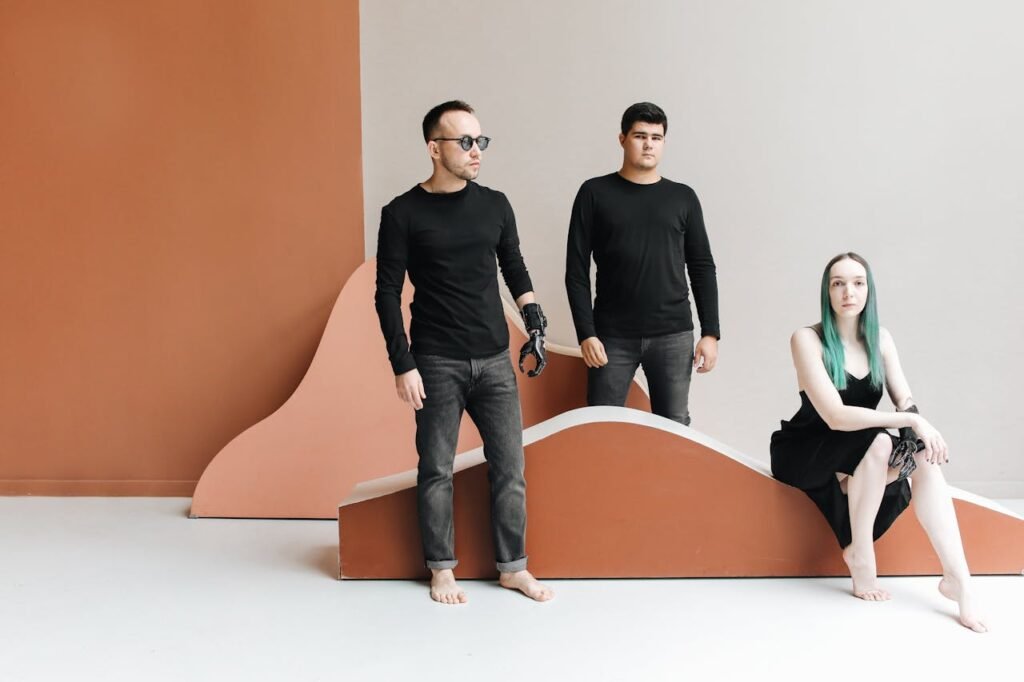
Strengthening Post-Sale Engagement
The relationship between a business and its customers doesn’t end with the sale of a prosthetic—it’s the beginning of an ongoing journey. Offering robust post-sale support, such as maintenance services, regular check-ins, or additional training, ensures users get the most out of their prosthetic.
Businesses can also leverage technology to enhance post-sale engagement. For example, apps that provide usage tips, track performance metrics, or offer troubleshooting advice create a seamless connection between users and providers. This continuous support not only boosts user satisfaction but also builds brand loyalty.
At Robobionics, we emphasize the importance of post-sale care by maintaining open lines of communication with our users. This proactive approach has helped us refine our products and services while fostering long-term relationships.
Addressing Accessibility Challenges
While advanced prosthetics offer incredible benefits, cost and availability remain barriers for many users. Businesses can make a difference by exploring ways to improve accessibility.
For instance, adopting scalable production techniques like 3D printing can reduce manufacturing costs and allow for localized production in underserved regions.
Additionally, forming partnerships with non-profit organizations, government programs, or insurance providers can help bridge financial gaps. By advocating for improved insurance coverage and creating financing options, businesses can expand access to prosthetics for users from diverse socioeconomic backgrounds.
The Role of Rehabilitation in Maximizing Prosthetic Potential
Rehabilitation is a vital step in ensuring that users can adapt to and fully benefit from their prosthetic. Regardless of whether a user chooses a passive or active prosthetic, proper training and support are key to building confidence and maximizing functionality.
For businesses, offering comprehensive rehabilitation programs not only enhances user satisfaction but also reinforces the long-term value of their products.
Personalized Training for Passive Prosthetics
While passive prosthetics are often simpler to use, they still require adjustment periods. Users need to learn how to incorporate the prosthetic into their daily routines, such as using it to stabilize objects or balance their movements.
Training sessions should focus on specific tasks where the prosthetic can provide the most support, ensuring that users feel confident in their capabilities.
For businesses, providing resources like video tutorials, in-person training, or detailed guides can empower users to make the most of their prosthetic. Highlighting real-life examples of how others use passive prosthetics in creative ways can also inspire users to explore new possibilities.
Building Skills with Active Prosthetics
Active prosthetics, particularly myoelectric models, often come with advanced features that require practice to master. Users need to learn how to control the device through muscle signals or physical movements, which can feel unfamiliar at first.
Rehabilitation programs should focus on gradually introducing these features, starting with basic grips and progressing to more complex tasks.
For businesses, offering gamified training programs can make the learning process engaging and enjoyable. For example, exercises that reward users for achieving specific movements or tasks can help them build muscle memory while staying motivated.
At Robobionics, we integrate interactive training tools into our rehabilitation services, ensuring users feel supported every step of the way.
Encouraging Consistent Use
Adapting to a prosthetic is not a one-time event—it’s an ongoing journey. Encouraging users to practice with their prosthetic regularly, both in structured settings and during daily activities, is essential for building confidence and skill.
Businesses can play a role by scheduling regular follow-ups to check on the user’s progress and address any challenges they may face. Providing opportunities for additional training or adjustments reinforces the company’s commitment to the user’s success.
The Emotional and Social Impact of Prosthetic Choices
Selecting the right prosthetic hand has a profound effect on a user’s emotional well-being and social interactions. Beyond physical functionality, prosthetics can restore a sense of normalcy, boost self-esteem, and create opportunities for connection.
For businesses, recognizing and addressing these emotional dimensions is crucial to delivering truly impactful solutions.
Fostering Independence and Confidence
For many users, a prosthetic hand represents freedom—the ability to perform tasks independently and engage fully in life. Passive prosthetics offer aesthetic confidence, allowing users to navigate social situations with ease.
Active prosthetics, with their functional versatility, empower users to take on challenges they may have thought were no longer possible.
Businesses can emphasize this transformation in their messaging, showcasing how their prosthetics enable users to regain control and independence. Testimonials, before-and-after stories, and real-life demonstrations create powerful narratives that resonate deeply with potential users.
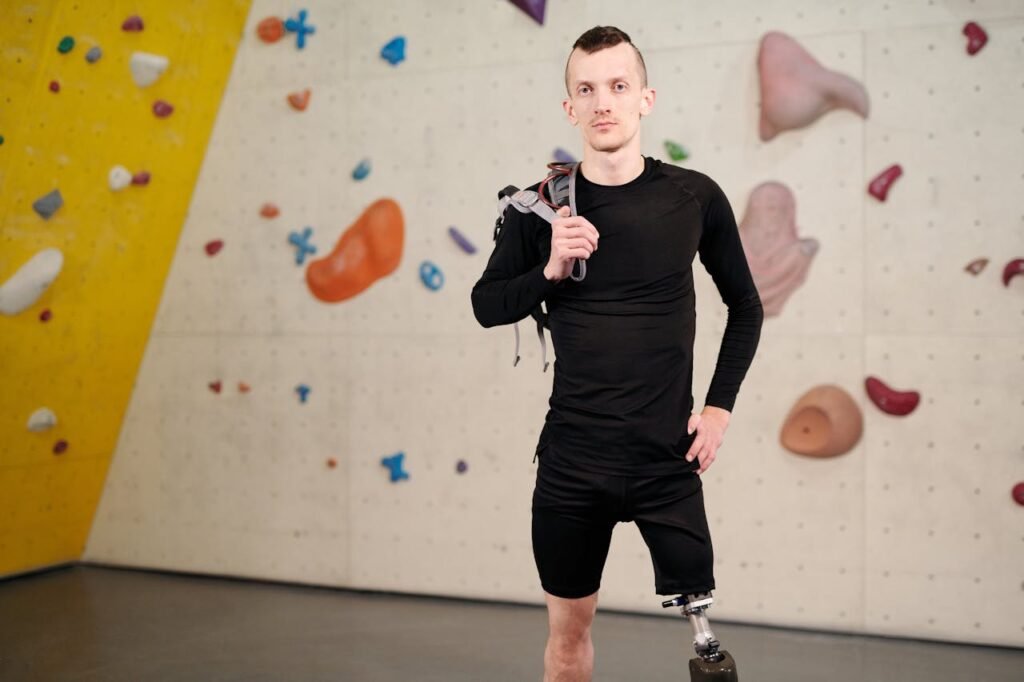
Supporting Emotional Adjustment
Adapting to a prosthetic can be an emotional journey. Users may initially feel self-conscious or uncertain about how their prosthetic will integrate into their life. Businesses can help by creating resources that address these feelings, such as user guides that highlight common concerns and offer practical solutions.
At Robobionics, we also connect users with peer networks where they can share experiences and advice. These communities provide encouragement and help normalize the use of prosthetics, fostering a sense of belonging and support.
Enhancing Social Interaction
Prosthetics can open doors to social experiences that may have previously felt out of reach. For example, a myoelectric hand can enable users to participate in team sports, engage in creative hobbies, or confidently interact in professional settings.
Similarly, a passive prosthetic can offer aesthetic reassurance in formal or public environments, reducing feelings of self-consciousness.
Businesses can highlight these benefits by showcasing real-world scenarios where their prosthetics have positively impacted users’ social lives. At Robobionics, we take pride in celebrating our users’ achievements, reinforcing the message that prosthetics are not just tools—they are enablers of connection and fulfillment.
Developing More Inclusive and Adaptive Solutions
The future of prosthetics lies in inclusivity and adaptability. As user needs continue to evolve, businesses must focus on creating solutions that cater to a diverse range of individuals and lifestyles. This requires a commitment to innovation, accessibility, and user collaboration.
Embracing Customization
No two users are the same, and prosthetics should reflect this individuality. Offering customizable options, such as adjustable grips, modular components, or aesthetic variations, allows users to tailor their prosthetic to their preferences.
Businesses that prioritize customization not only enhance user satisfaction but also build stronger relationships with their customers.
At Robobionics, we work closely with users to ensure their prosthetic feels personal and empowering. From design consultations to post-delivery adjustments, our approach is centered on meeting individual needs.
Expanding Accessibility
Cost remains a significant barrier for many individuals seeking advanced prosthetics. Businesses can address this challenge by exploring scalable production methods, such as 3D printing, or partnering with non-profit organizations to provide subsidized options.
Offering flexible payment plans and advocating for improved insurance coverage are additional ways to make prosthetics more accessible.
At Robobionics, we are committed to affordability without compromising quality. By focusing on efficiency and innovation, we aim to bring advanced prosthetics to a wider audience.
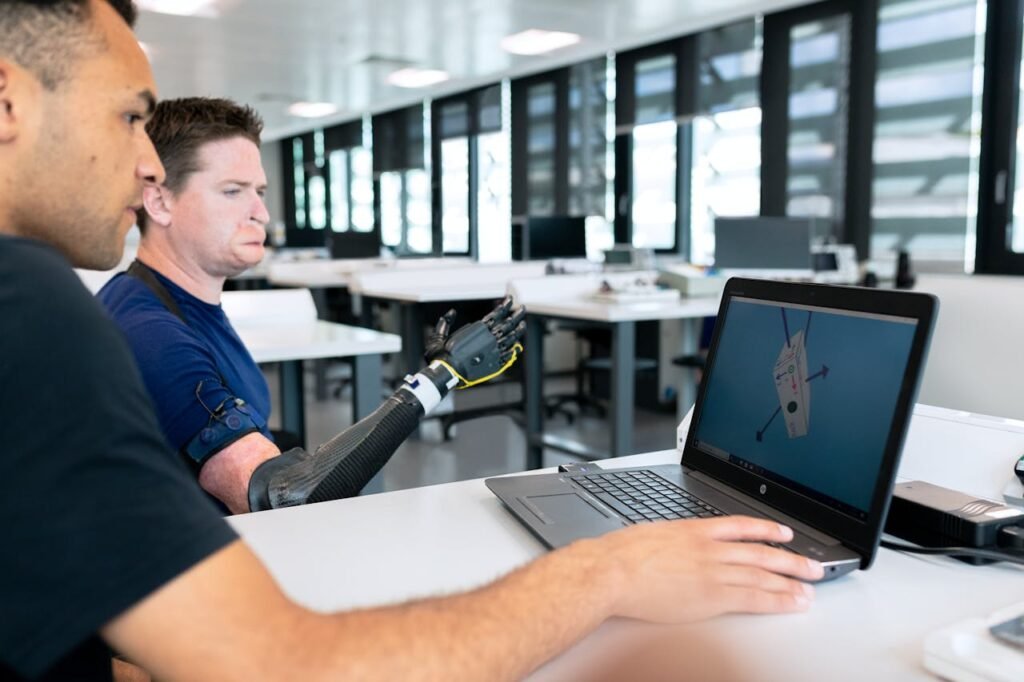
Conclusion
The choice between passive and active prosthetics is not about finding a one-size-fits-all solution—it’s about identifying what works best for each individual. By understanding the strengths and limitations of both options, users can make informed decisions that align with their goals and lifestyles.
For businesses, the opportunity lies in providing not just products, but a complete support system that includes education, customization, and rehabilitation. At Robobionics, we are dedicated to creating prosthetics that empower users to live life on their terms.



